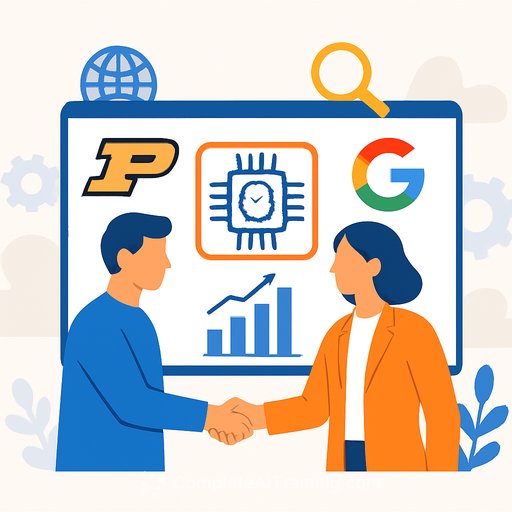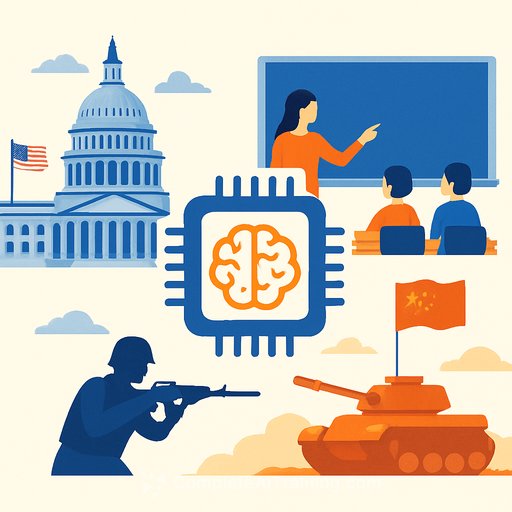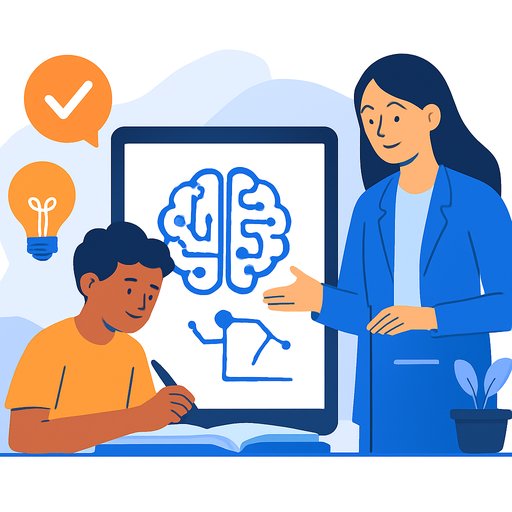University-Tech AI Partnerships: What Educators Can Do Now
Partnerships between top universities and companies like Google are becoming common. For educators, this isn't just news-it's a signal to move. Here's what these collaborations usually include, why they matter to your program, and how to take advantage quickly and responsibly.
What these partnerships usually include
- Joint research: shared labs or funded projects across machine learning, NLP, computer vision, and responsible AI.
- Education programs: internships, fellowships, guest lectures, curriculum updates, and access to cloud credits and AI tools.
- Responsible AI focus: practical work on fairness, transparency, privacy, and safety baked into projects and courses.
- Outcomes: industry-ready skills, stronger placement, faculty publications, open-source resources, and student startups.
Why this matters for your program
Students get real tools, real data, and mentors who ship products. Faculty gain faster feedback loops and resources that keep courses current. The watch-outs: vendor lock-in, privacy gaps, and skills that lean too hard on a single stack. With clear guardrails, you keep the benefits and avoid the mess.
90-day action plan
- Week 1-2: Map your current courses to AI competencies (data, modeling, evaluation, ethics). Find overlaps where industry projects can slot in fast.
- Week 3-4: Form a cross-functional task group (CS, data science, education, legal/IRB). Define project approval and data policies.
- Week 5-8: Pilot one capstone or student clinic with a real problem, a clear success metric, and a faculty-industry co-mentor.
- Week 9-12: Publish your playbook: tools, data approval steps, rubrics, and an ethics checklist. Lock in internship interview days.
Curriculum moves that work
- Module add-ons: one-week labs on prompt design, evaluation, and model limits in existing courses.
- Assessment shift: grade on problem framing, data quality, and error analysis-not just model accuracy.
- Portfolio-first projects: every student ships a short brief, repo, and a one-page reflection on trade-offs and bias.
- Co-teaching: invite industry engineers for code reviews and postmortems, not just guest talks.
Student opportunities to secure
- Internships and fellowships tied to clear deliverables students can showcase.
- Cloud credits with guardrails (spend caps, approved services, data access levels).
- Mentor hours and office hours with partner engineers and product managers.
- Problem bank: vetted, reusable project briefs that map to learning outcomes.
Ethics and safety without the hand-waving
Bake ethics into every assignment instead of siloing it into one lecture. Require a model card or short risk note with each project. Use a shared baseline like the NIST AI Risk Management Framework for vocabulary and process.
Tooling and access
- Cloud access: provision student credits and standardize a minimal, approved stack for projects. If applicable, explore Google Cloud for Education.
- Data governance: define what data can be used, anonymization requirements, and retention. Align with FERPA and your IRB.
- Reproducibility: require environment files and seed control; students should be able to rerun results on fresh VMs.
Funding, IP, and governance
- Set a steering group with faculty leads, legal, and the partner's liaison. Meet monthly with public notes.
- IP defaults: student ownership for coursework; separate agreements for funded research. Keep it simple and documented.
- Data and privacy addendum for any shared datasets. No gray areas-write it down.
Metrics that prove value
- Placement: internships secured, offer rates, roles aligned to coursework.
- Learning: rubric scores for problem framing, evaluation, and communication.
- Output: open-source repos, citations, demos, or small internal tools adopted by the partner.
- Equity: participation and outcomes across demographics and departments.
Common pitfalls (and simple fixes)
- Overfitting to one vendor: keep assignments tool-agnostic and compare at least two approaches.
- Unclear data rights: no data, no project. Confirm rights first, then scope.
- One-and-done pilots: productize the process-rubrics, templates, and a shared repo for future cohorts.
- Showcase lag: schedule public demos and portfolio reviews before finals week.
Where to skill up fast
- AI courses by job function for faculty and program leads building course stacks.
- Popular AI certifications to help students validate skills recruiters understand.
This kind of partnership can move your program forward-if you keep it practical. Start with one real project, clear rules, and metrics that matter. Then repeat. That's how momentum builds.
Your membership also unlocks:






